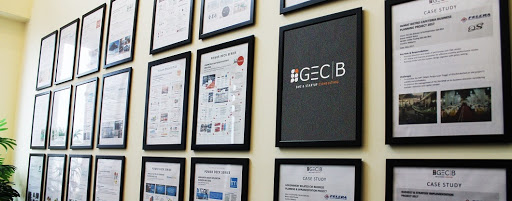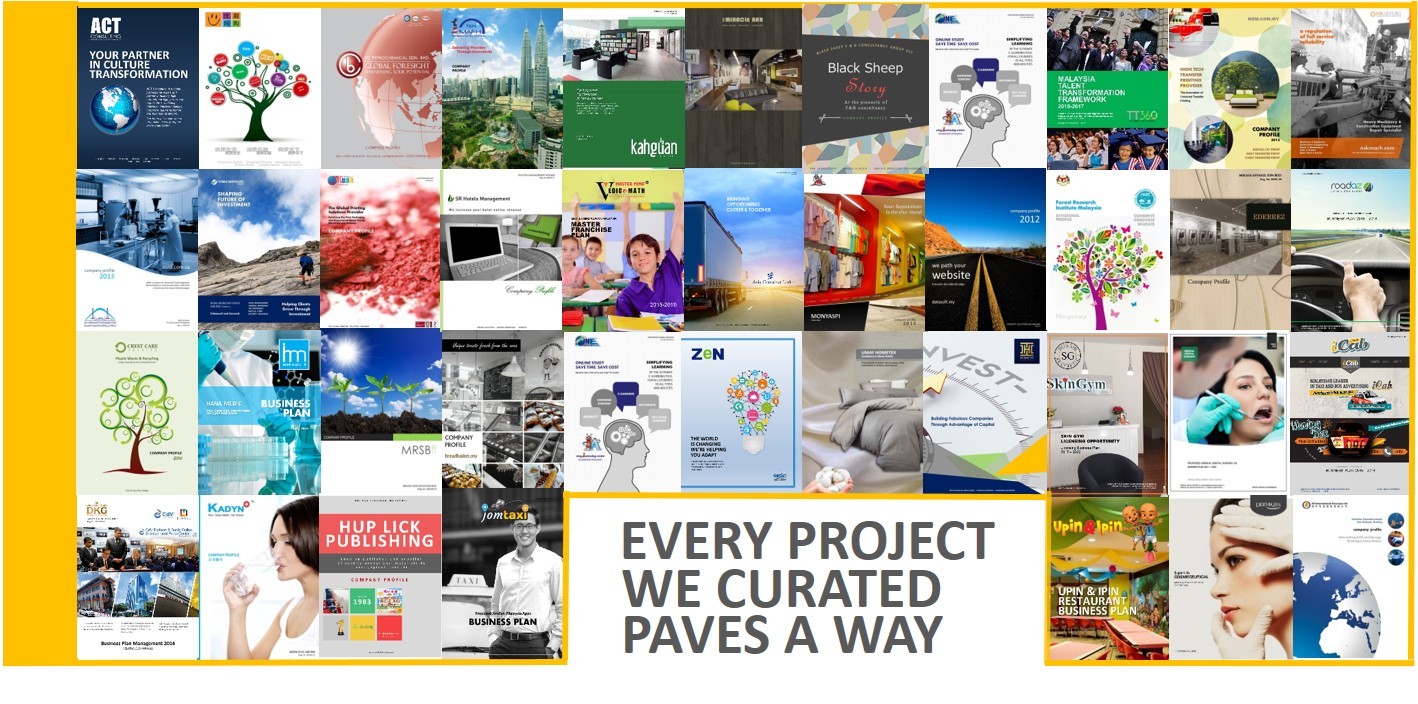BY CINDY LIM.
Many of us may be familiar with Out-of-Home (OOH) advertising commonly associated with advertising and marketing, as a medium of communication to outreach broader market and thus increasing brand awareness. Static OOH advertisement
formats are indeed classical examples which are screened across physical advertising
spaces such as billboards, wall posters, bus stations, railways, urban
furniture (benches, news racks etc.), taxi wrapped and more. Just as technology
and consumer behaviour have been evolving in unpredictable ways since then, Digital
Out-of-Home advertising (DOOH) format has been introduced to create a more
personalized and entertaining customer experience especially for the techy
customers who are indulged in electronic devices as well as brand managers who
are constantly searching better ways to raise brand awareness. According to PQ
Media, it suggests DOOH has two major platforms – Digital Place-based Networks
(DPN) which deploys screen network to display video and real-time messaging; and
Digital Billboards & Signage (DBB), refers to creatively designed layouts
shown at a specific location.
 |
| Google runs NFC campaign in Australia (Source: NFC World) |
For instance, in Australia, few
state-of-the-art NFC (Near Field Communications) enabled digital billboards
have been installed strategically in airports across Australia including Sydney,
Melbourne and Brisbane to promote Google Play store, allowing travelers to select,
interact with content, pay and download apps directly onto their phones. Such
Google’s NFC campaign encouraged more mobile phone users to fully optimize the use
of NFC triggered location or scan a QR codes for recruiting more users to
download Google Play store. As a result, it allows passengers to download
books, music, movies and more before boarding planes.
 |
| DOOH Market 2013 (Source: Kinetic Global Digital OOH handbook, 2013/14) |
 |
|
DOOH Market
Value & CAGR 2013 (Source: GE Consult Asia)
|
Despite
high cost is required to acquire DOOH advance technology, here in GECB,
we would believe that the NFC-enabled digital billboard is a real life example
of how a traditional billboard and technology can work together to foster a closer
engagement between brands and consumers, thus enabling them to connect and
transact online, instantly.
**About GECB
GECB is a Malaysian-based SME & Startup consulting
firm headquartered in Kuala Lumpur. Since inception in 2003, the company has
been pioneering professional business plan and company profile services in
Malaysia, and has assisted many local and overseas SMEs, large corporations and
government agencies to grow business. For more info, please contact +603 2715 4356 or +6017 330 8077 and/or email info@geconsult.org today.


1 comment:
coach outlet
ralph lauren outlet
ralph lauren
canada goose jackets
coach factory outlet
michael kors outlet
fitflops sale
coach outlet online
ralph lauren
nike outlet
wanglili20170621
Post a Comment